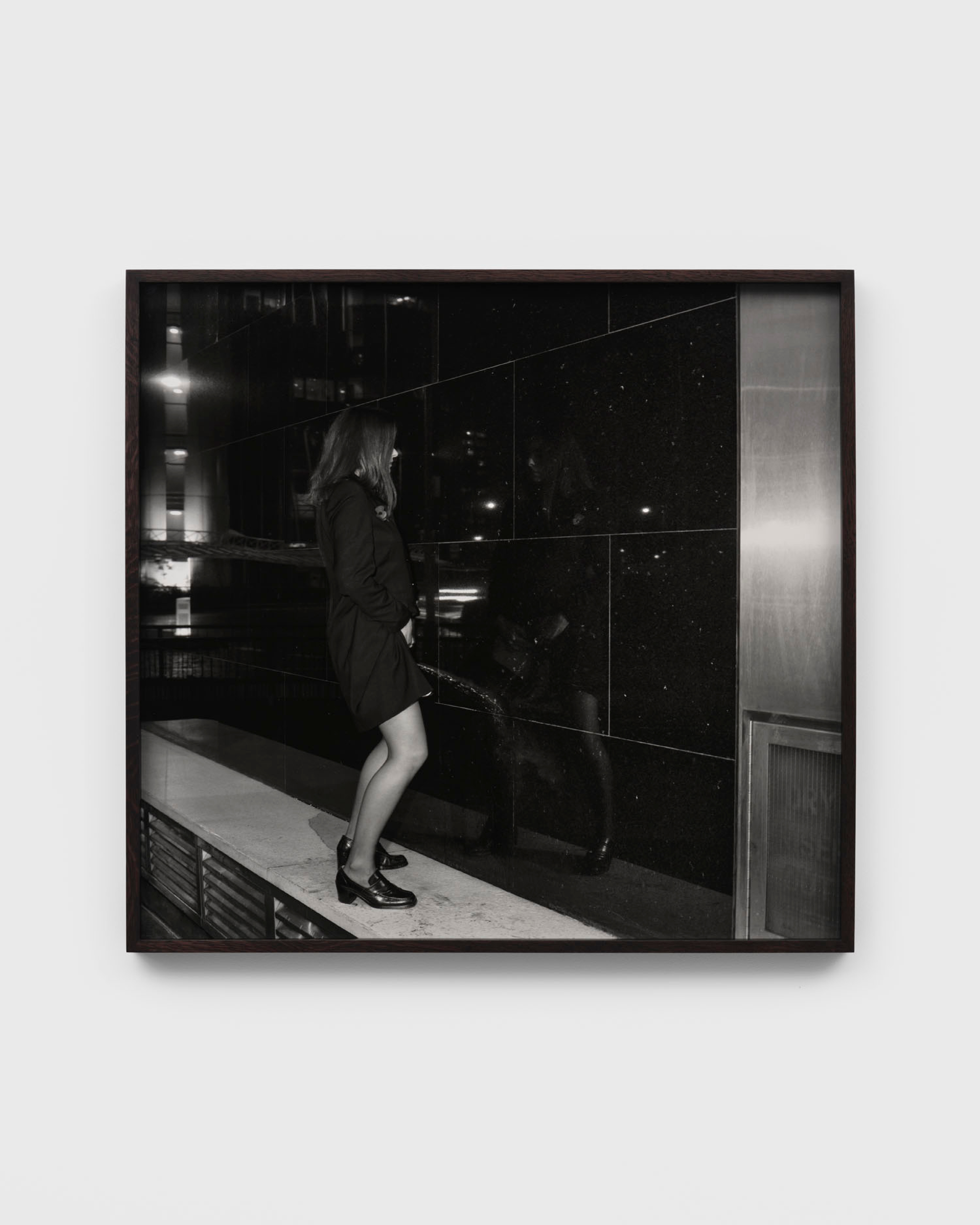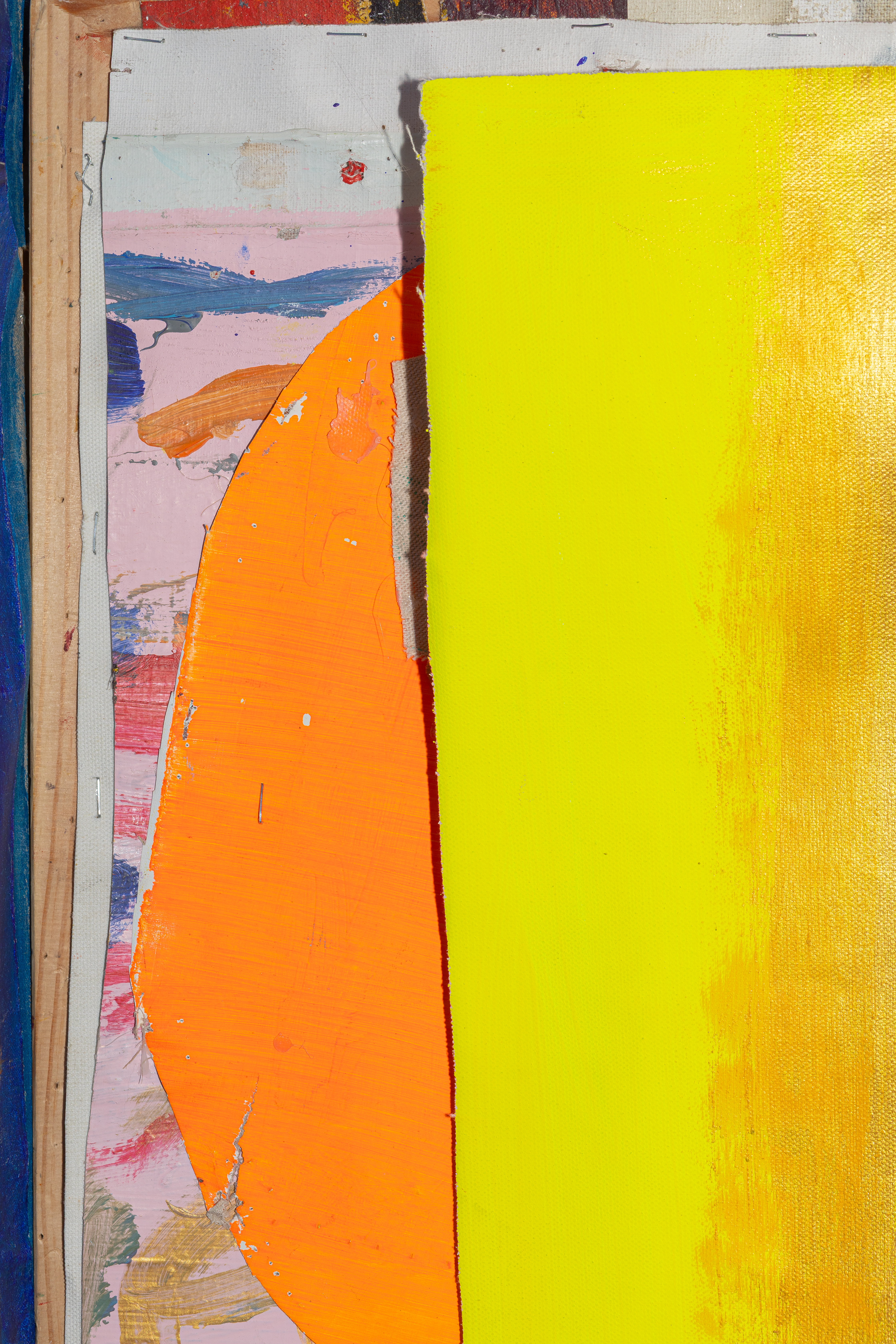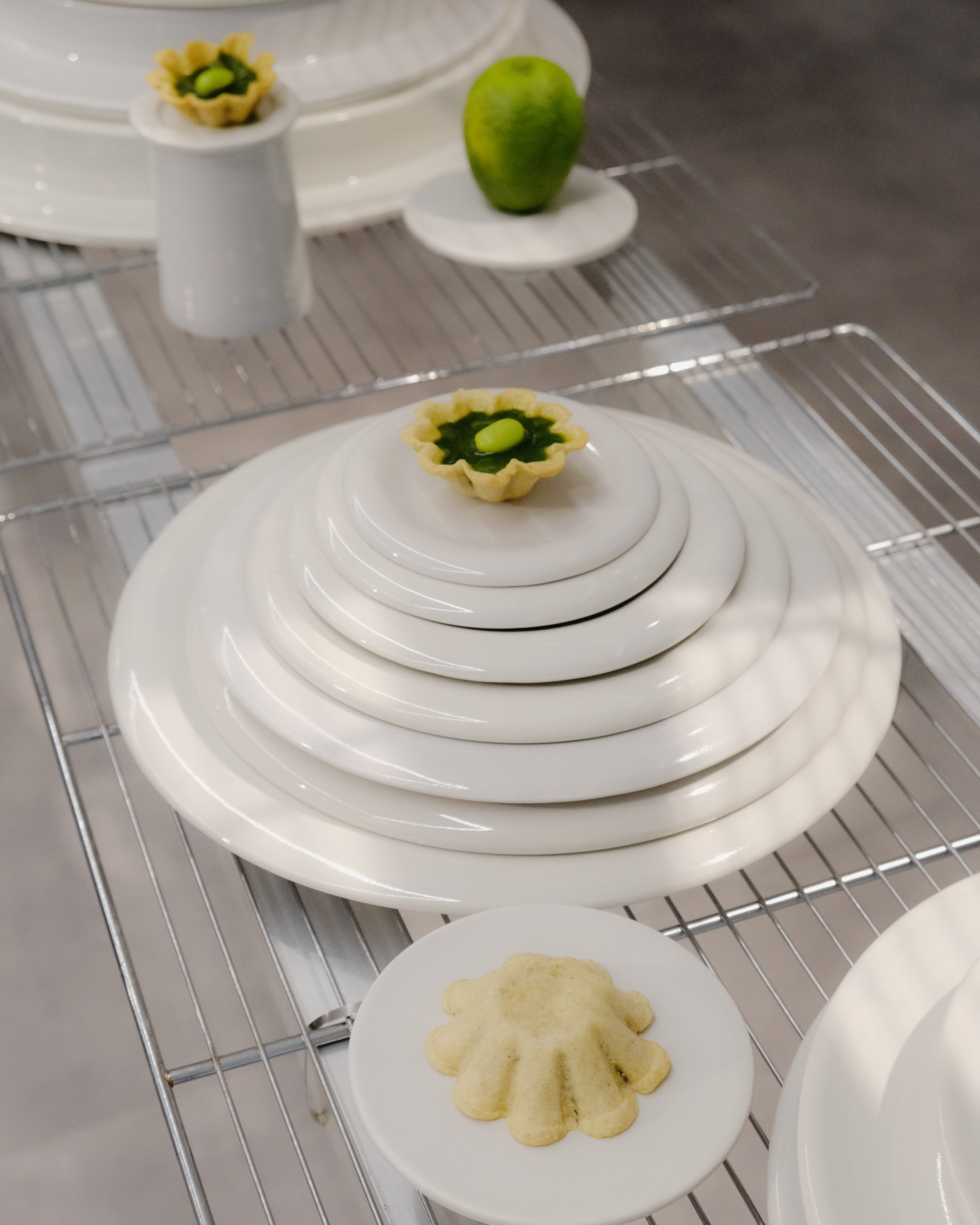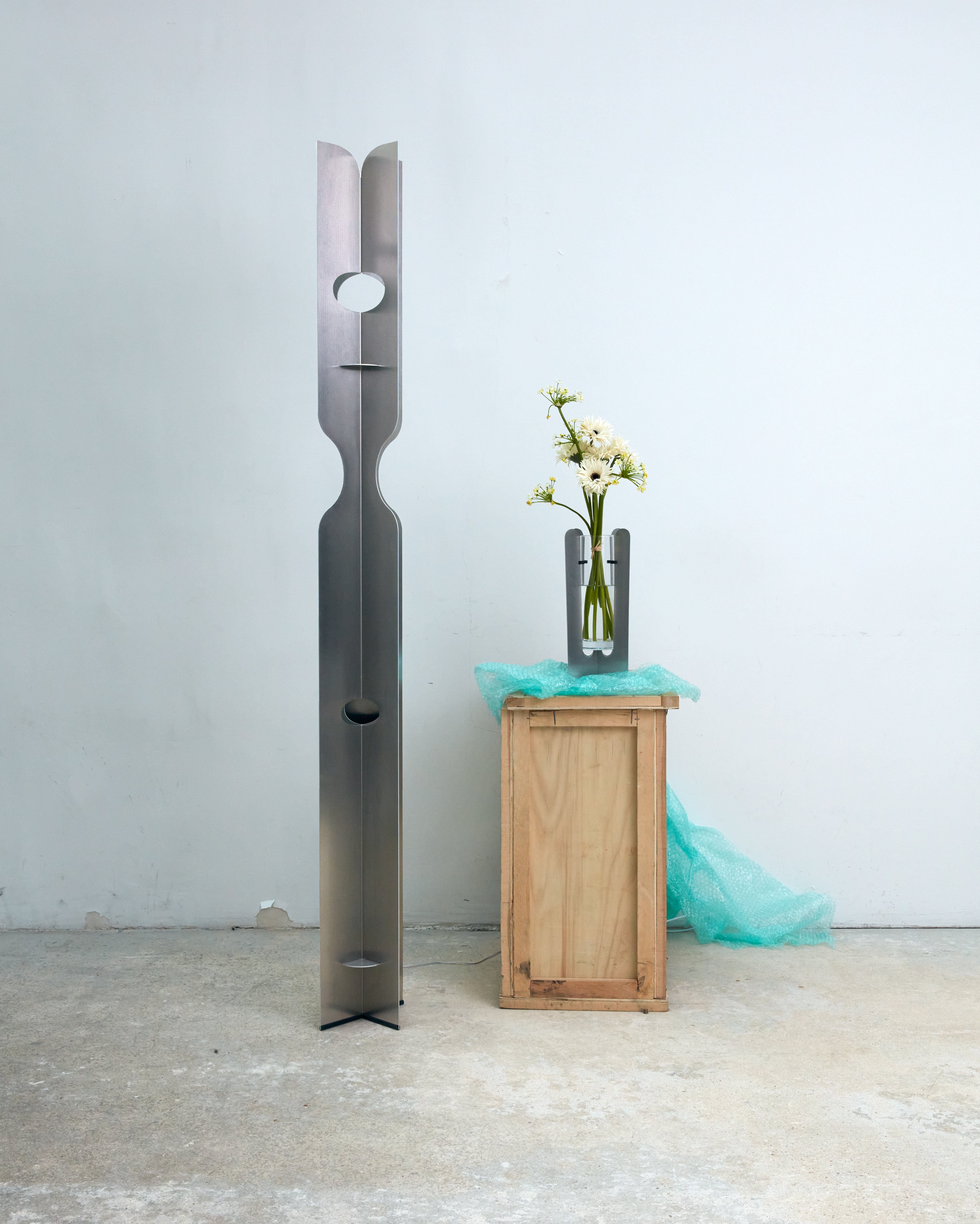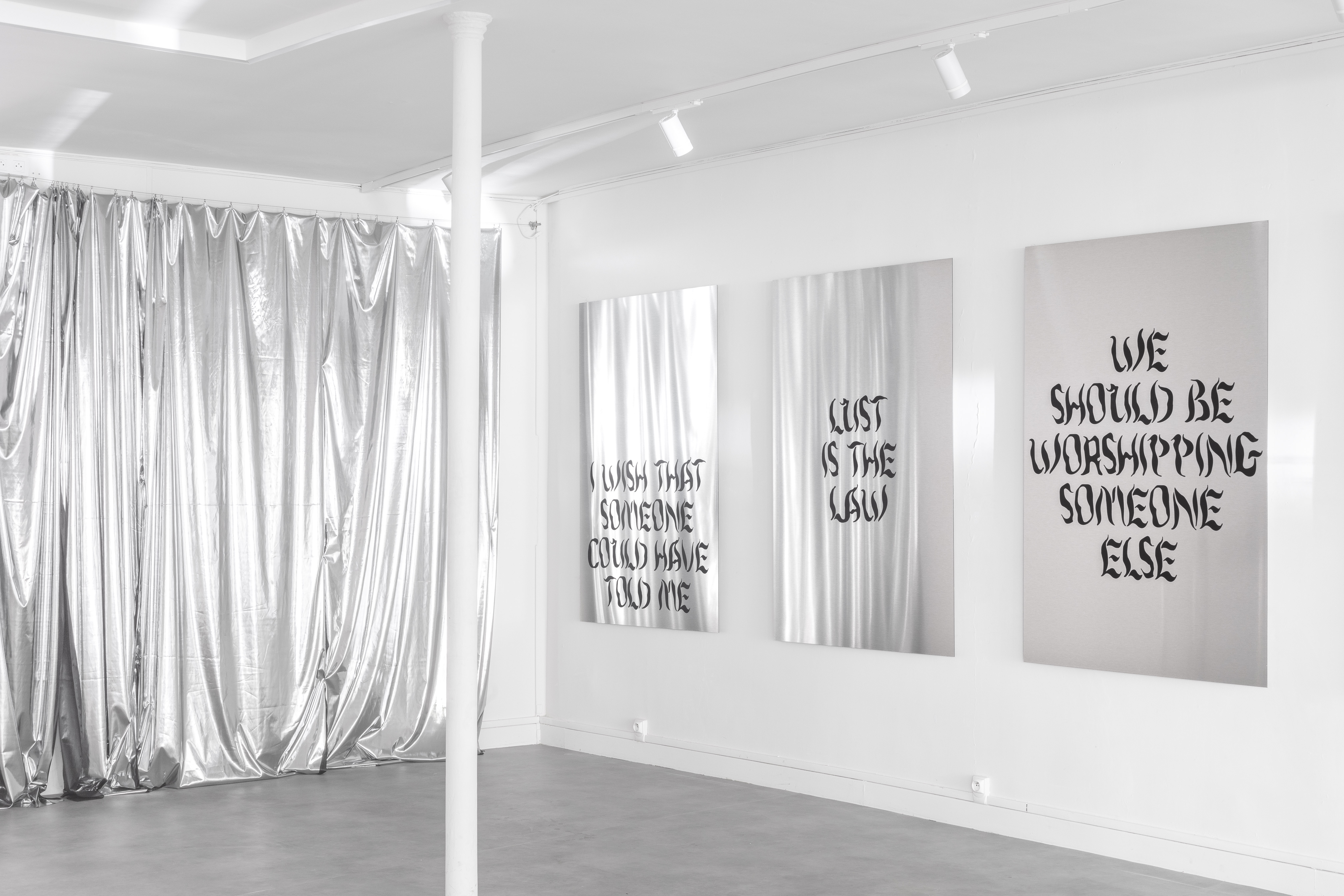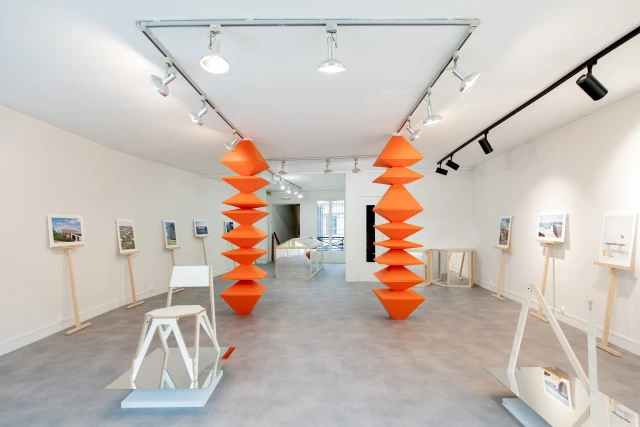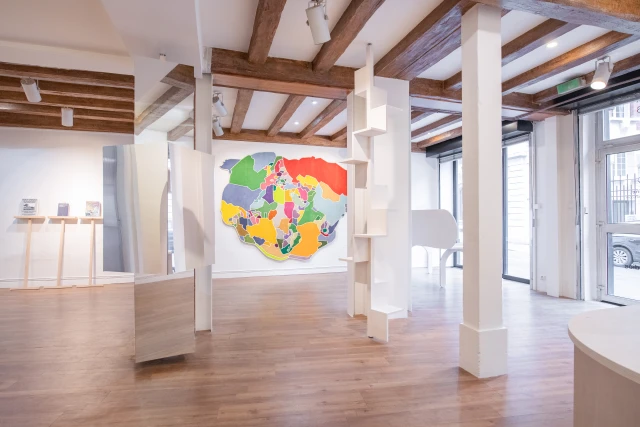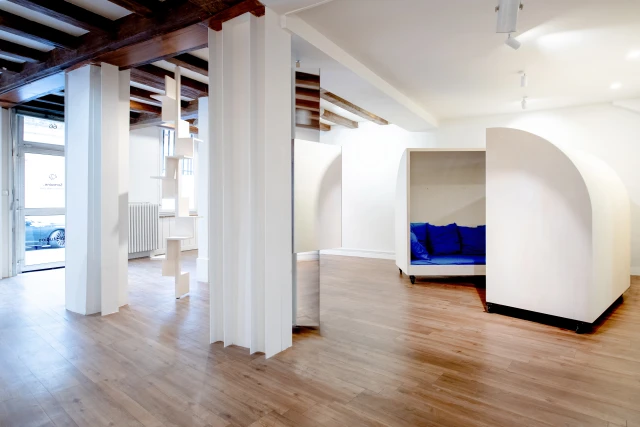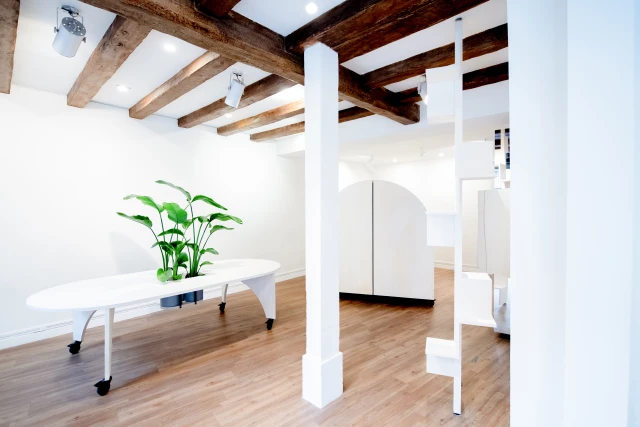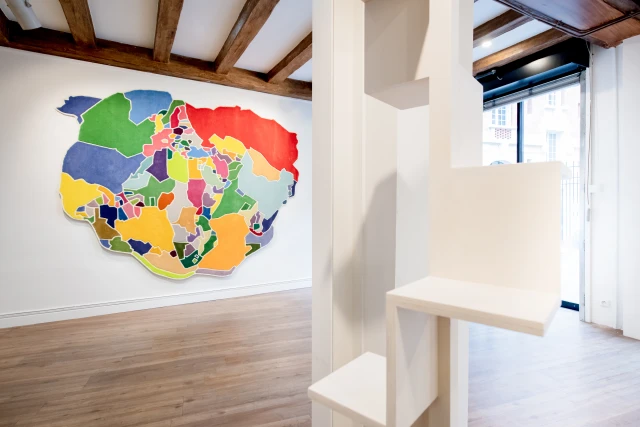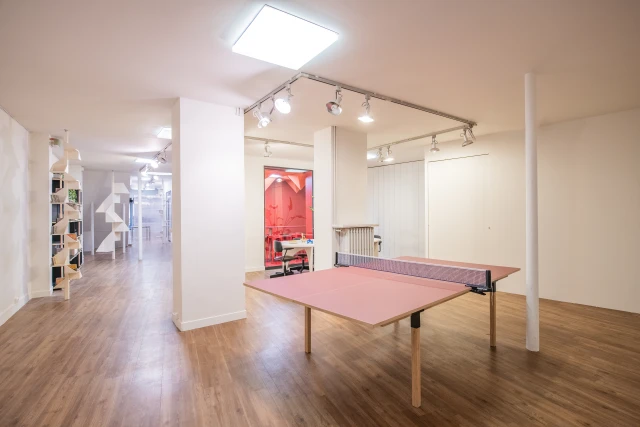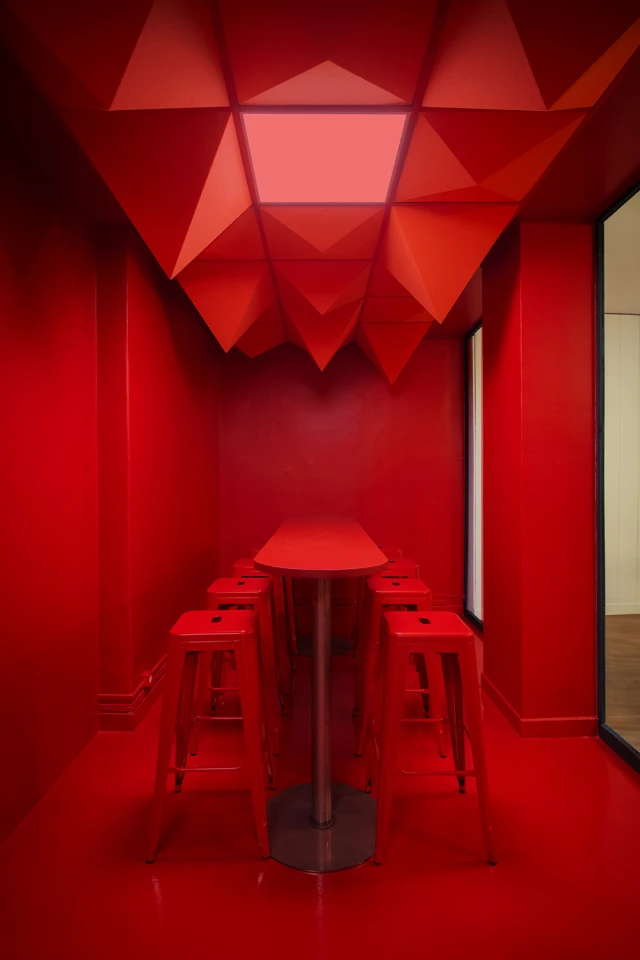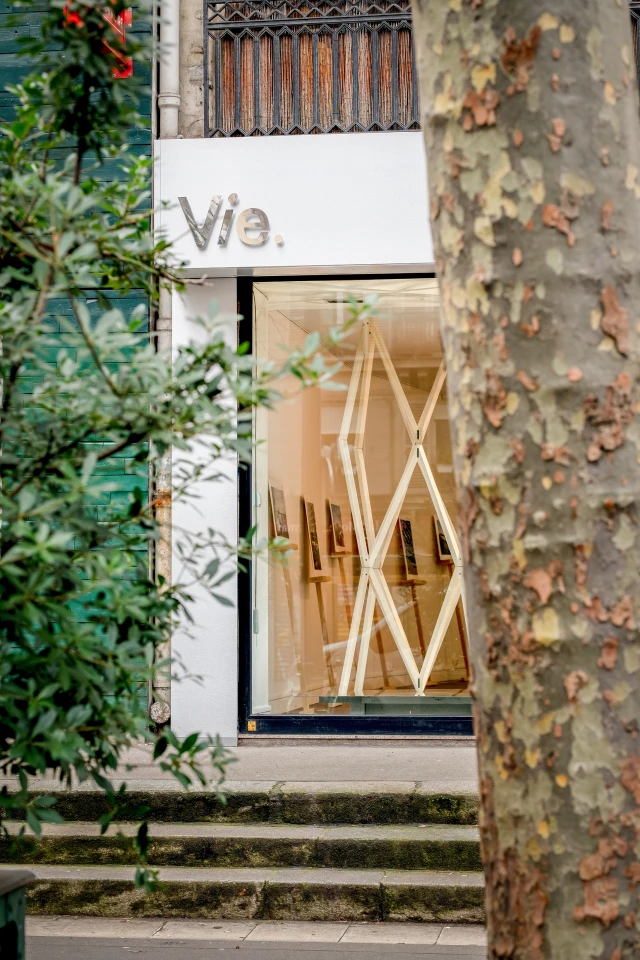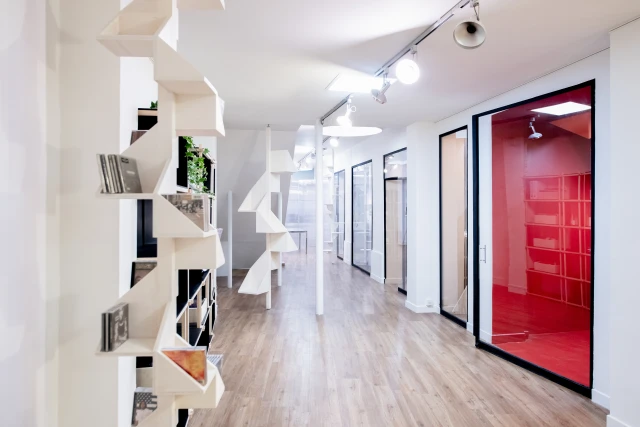Julien De Smedt is the founder and director of JDS Architects based in Paris.
In his practice as a designer, his approach is to create meaningful products as a way to address matters of society.
De Smedt was born in Brussels and he attended schools in Brussels, Paris, Los Angeles and London, where he received his diploma from the Bartlett School of Architecture. Before setting up his namesake studio in 2006, Julien worked with Rem Koolhaas in Rotterdam and co-founded the architecture firm named PLOT with Bjarke Ingels in Copenhagen. The office has since developed projects internationally, which cover 40 countries and has worked with over 500 collaborators from around the world. JDS Architects has been awarded 100+ international architecture prizes.
Julien De Smedt has also been a guest lecturer in numerous venues and a visiting professor in various universities including MIT and Stockholm University. His work is also featured in the monograph ‘PIXL to XL’ and other influential publications such as ‘Agenda, Can we sustain our ability to Crisis?’ and ‘Built Unbuilt’.
As an architect and designer whose work is of international renown, Julien’s commitment to the exploration of new architectural models and programs has helped re-energize the contemporary architecture discussion. Regardless of scale, each of JDS Architects' projects reflects an approach that is affirmatively social in its outcome, enthusiastic in its ambition, and professional in its process.
